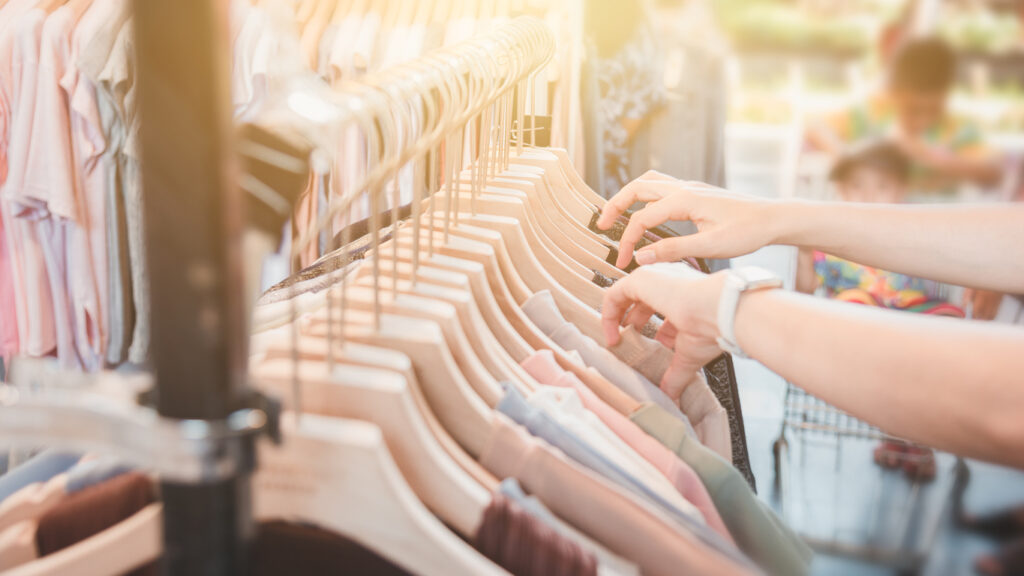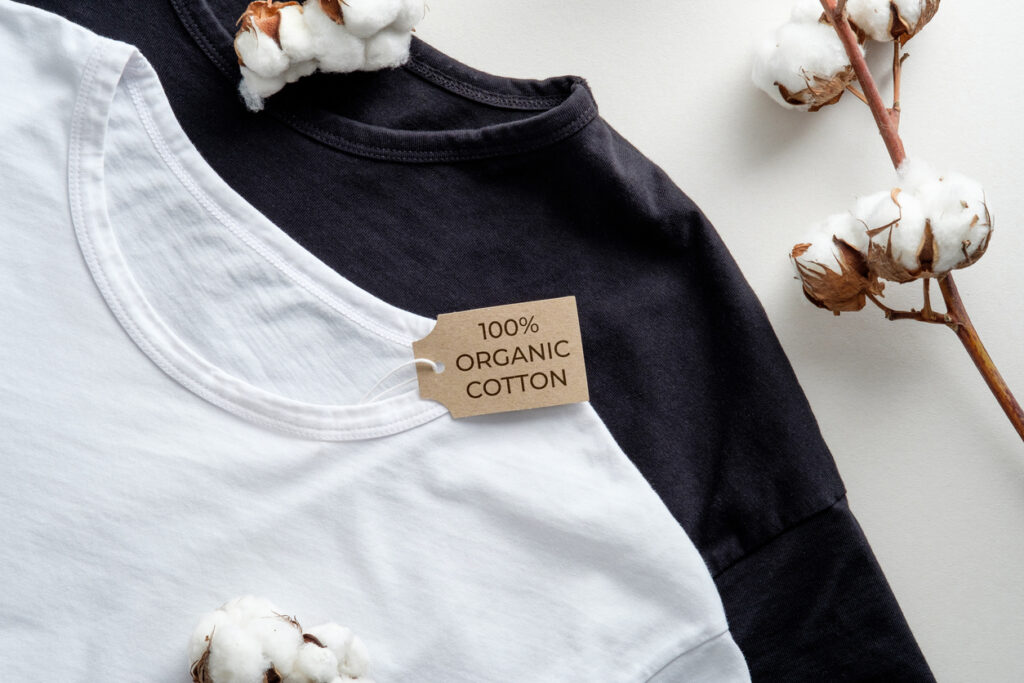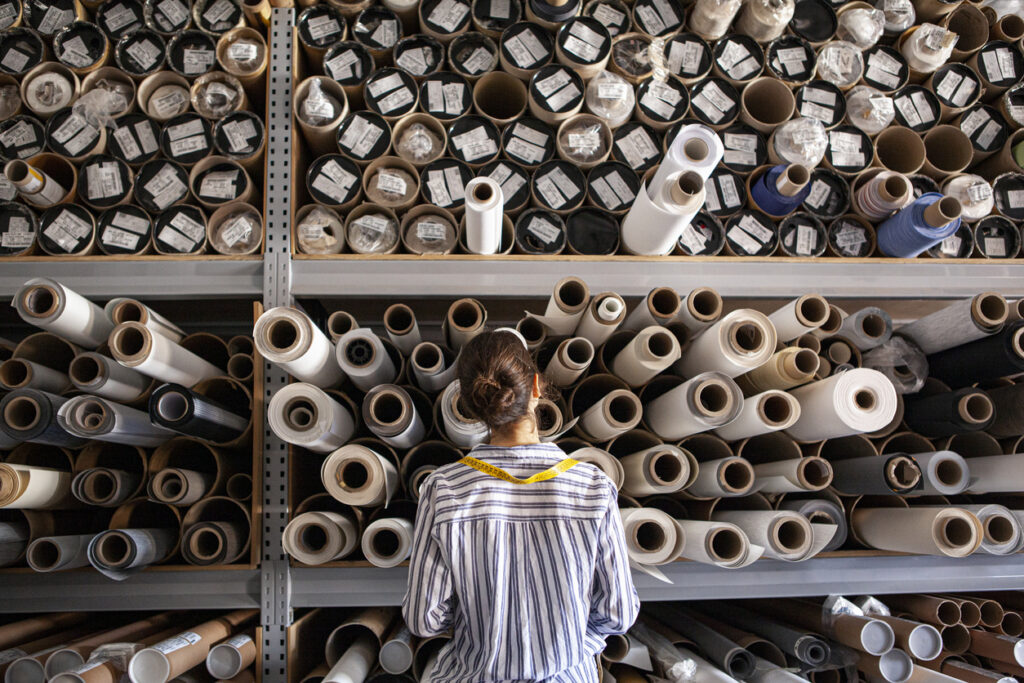The fashion industry is one of the biggest and fastest-growing business sectors in the world. With the global apparel market valued at over a whopping 3 trillion USD – and growing, fashion brands are constantly finding new ways to take a greater share of the market by developing new pieces in a matter of days, giving birth to the phenomenon of fast fashion.
The result? The fashion industry has now become the top three contributors of pollutants to the planet, creating an urgent need for the industry to shift away from the damaging impacts of fast fashion to sustainable fashion.

The Rise of Fast Fashion
Before a piece of clothing arrives in your hands, each piece must undergo a series of complex procedures, from conceptualisation to production. Designers used to spend months creating garments for consumers to wear.
However, with the support of advanced technology and to meet the ever-changing consumer needs, fast fashion brands have mastered creating new clothing collections within a matter of days. Contrary to sustainable fashion, these products from fast fashion brands are usually low-quality pieces meant to be thrown after a few uses, generating vast amounts of yearly apparel. From 2000 to 2020, the volume of garments produced has surged from 5 billion pieces to 10 billion.
The Devastating Impact of Fashion
Though fast fashion has provided a wide range of choices for consumers, the detrimental consequences that follow this are paramount. Unlike sustainable fashion, the very short life cycle of fast fashion exacerbates the substantial environmental and ethical impacts of the apparel industry.
Pollution and Wastes
From the production of raw materials to the disposal of used fabrics, the global fashion industry consumes a tremendous 215 trillion litres of water, emits 3.3 billion metric tonnes of greenhouse gases, and uses 43 million tonnes of chemical dyes every year. Apart from pollutants, 208 million pounds of waste were produced from single-use outfits alone

Microplastics
The speedy expansion of fast fashion would not be possible without synthetic fibres. With polyester being used in 60% of our clothes, our reliance on these materials is amplifying the environmental impacts of fashion. Not only are synthetic fibres non-biodegradable, but thousands of microfibres also make their way into rivers and seas with every wash – creating further pollution to our oceans and marine animals
Social and Ethical Impacts
To mass-produce cheap garments in such a short time, many brands exploit labour forces from developing countries that utilise workers who are underpaid, overworked and forced to work in unsafe environments. Of all fashion workers, only 2% are paid a living salary – meaning the remaining 98% of workers cannot meet their basic needs and are held in poverty.
Changing the Fashion Trend
As consumers are getting increasingly aware of the detrimental impacts of our clothing, ‘sustainable fashion’ has become a key term that has been used more and more frequently. Sustainable fashion primarily refers to clothing created in a way that is ecologically and socially mindful – addressing the environmental issues while protecting the workers producing our clothing.
Fortunately, global brands have started to realise the issues arising from apparel production and have led the industry by adjusting their business standards to more sustainable sourcing and production. While some sustainable fashion SMEs have taken more stringent initiatives to ensure that their products are entirely ESG friendly and have become widely popular within the market.

How Can Fashion be Sustainable?
Becoming an apparel business focused on sustainable fashion is not an easy feat. Luckily with R&D and support from governments and communities, ESG innovations may not be as difficult as one may perceive.
Eco-friendly Materials
To reduce the usage of synthetic fibres like polyester, biodegradable alternatives such as polyester-like fabrics extracted from seaweed and milk or leather-like materials made from apple skins and fungus have been developed. Using such fabrics can help offset the heavy carbon footprint produced conventionally.
Recycling
87% of all fibres end up in a landfill; that is why investing in recycling is a big part of sustainable fashion. Using technologies like ‘the Billie System’ can transform textile waste into high-quality recycled fibres perfect for apparel businesses focused on sustainability.
Second-hand Channels
Many large retailers and global brands are integrating a circular business model to help achieve sustainable fashion. By encouraging customers to drop off their old clothing and then refurbishing and reselling them, this second-hand channel is expected to be one of the fastest-growing sub-segments of the fashion industry, with a growth rate of over 14% annually.

Where can I source Sustainable Fashion?
Sustainable Fashion is undoubtedly the future of the industry. That being said, it may be difficult for consumers and buyers to find credible platforms to source genuinely sustainable and eco-friendly pieces. The HKTDC International Sourcing Show features Asia’s largest fashion trade show, allowing buyers to witness textiles and fashion pieces in a hybrid fair format. Find all about this exciting fashion trade fair here.
hktdc.com Sourcing is an established B2B sourcing platform that reaches over 2 million international buyers and features over 130,000 quality suppliers. Buyers can search for sustainable fashion pieces from verified suppliers, while suppliers can feature their products to a broad audience. You can learn more about hktdc.com Sourcing here.
Subscribe to NewsBites and stay updated on the latest business trends and news.
Related posts:
 Levelling Up-Shift Of Apparel Supply Chain, Production Move Towards Emerging Countries as China Focus on The Upstream
Levelling Up-Shift Of Apparel Supply Chain, Production Move Towards Emerging Countries as China Focus on The Upstream
 How to Find Clothing Manufacturers for Your Business in 2021
How to Find Clothing Manufacturers for Your Business in 2021
 The State of Fashion 2024-25: Embracing Sustainability, Diversity, and Global Opportunities
The State of Fashion 2024-25: Embracing Sustainability, Diversity, and Global Opportunities
 Dressed to Impress: Top Fashion Trends of 2024-2025
Dressed to Impress: Top Fashion Trends of 2024-2025

















